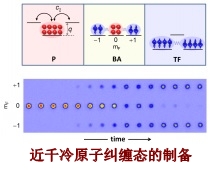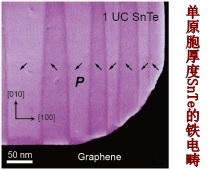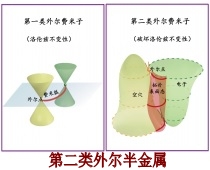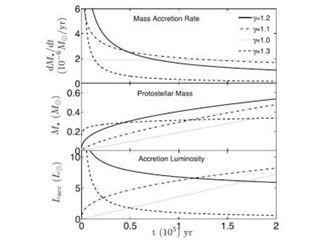



New Physical Mechanism to Solve the "Luminosity Problem" in the Research Front of Protostar Formation and Evolution
In the research field of protostar formation and evolution, there exists the so-called "luminosity problem" involving both observations and theories as frequently highlighted over many years. Based on currently observed emitted energy per unit time (i.e. luminosity) from molecular cloud core regions where protostars are forming, astronomers can empirically infer the mass accretion rates onto the pertinent protostars. According to the known timescales or lifetimes for the existence of such star forming molecular cloud cores and the mass accretion rate of isothermal hydrodynamic model, astronomers can then estimate the embedded protostellar mass under consideration. Nevertheless, thus inferred protostellar masses embedded in molecular cloud cores are typically less than the actually observed values. There have been proposals in the published literature that during the protostellar evolution embedded inside such isothermal molecular cloud cores, there might have frequently happened sporadic bursts of mass accretions to avoid such "luminosity problem". In the early 1990s, astronomer Scott Kenyon first publicized this challenge in astrophysical research.
More than a decade ago, while performing systematic research on general polytropic models of dynamical collapses and accretions under self-gravity, Professor Yu-Qing Lou had already realized that in contrast to the constant mass accretion rate of isothermal hydrodynamic model, general polytropic dynamic mass accretion rate towards central protostar changes with time in general. Moreover, it is fairly natural for general polytropic dynamic models to have high central mass accretion rate in the early phase decreasing gradually with increasing time during the later phase. This variable mass accretion rate towards a central protostar was suggested to replace the earlier isothermal thermal collapse model in order to solve the well-known "luminosity problem" for the formation and evolution of protostars.

Recently, by combining pertinent diagnostic information of molecular clouds and molecular cloud cores and based on more specific analysis and simulation of theoretical models and available observational data, we have demonstrated that the model of general polytropic dynamics of gravitational collapses and accretions can indeed account for several aspects of observations in a consistent manner both qualitatively and quantitatively. In other words, during the early phase of high central mass accretion, a protostar has in fact acquired most of its mass from a contracting envelope. When the polytropic index is sufficiently large (greater than 1), while the central mass accretion rate decreases, the luminosity of a molecular cloud core also decreases with increasing time correspondingly. In this scenario, it is fairly sensible to infer low central mass accretion rates from low luminosity observations today for molecular cloud cores. The key issue is that one should not adopt the constant isothermal mass accretion rate to infer the mass of a protostar embedded in a molecular cloud core. In fact, the isothermal hydrodynamic collapse model is only a very special case for the general polytropic class of hydrodynamic gravitationalcollapse models.
This research article entitled “Variable protostellar mass accretion rates in cloud cores” was published in¡¶Monthly Notices of the Royal Astronomical Letters¡·in 2017. Dr. Scott Kenyon, now at Harvard-Smithsonian Center for Astrophysics in the USA, enjoyed very much of this MNRAS Letter on variable protostellar accretion rates and emphasized that “Your solution to the luminosity problem seems eminently reasonable”.
